
Fish Farming Species and Systems
May 21, 2023, 8:21 am
Fish farming species and systems are as old as mankind and its one of the earliest forms of agriculture.
The people of old believed and it was their undeniable notion that the open waters are no man’s properties. As a result, fishing activities with crude methods were on the increase along the coastline for their livelihood.
Fish Farming Species and Systems
During this time, humanity evolved in harmonious equilibrium with marine resources (ecosystems). Economic status of the people in the business encouraged others coupled with the mentality that it is a free gift of nature and common heritage of mankind. Overpopulation was the major factor that made man jeopardize this precious food supplies. However, prehistoric humanity sometimes wasted resources through unrestrained effort.
Fisheries development was exhausted through overfishing; fisheries management is now the order of the day both in inland and sea water environments for rational exploitation.
Fish Resources of Nigeria
They are two major groups namely:
- Freshwater fish stock
- Coastal fish stock
Fresh Water Fish Species
Rivers with the adjoining flood plains, streams, lakes and many reservoirs, ponds, dams etc. make up Nigeria’s fresh water environment. Research has established that nine indigenous and three exotic fish species are cultured all over Nigeria. These include the 38 culturable species of both fin and finless fish in the country and they are found to concentrate in the following families:
| S/N | Family Name | English Name |
| 1 | Clariidae | Catfish |
| 2 | Cichlidae | Tilapia |
| 3 | Osteoglossidae | Bony tongue |
| 4 | Cyprinidae | African carps |
| 5 | Clupeidae | Clupeid |
| 6 | Ariidae | Sea catfish |
| 7 | Anabantidae | Climbing perch |
| 8 | Tetraodontidae | Puffer fish/globefish |
| 9 | Hepsetidae | African pike |
| 10 | Mormyridae | Trunk fish |
| 11 | Protopteridae | African lung fish |
| 12 | Polypteridae | Bichir |
| 13 | Dasyatidae | Ray |
| 14 | Gymnarchidae | Gymnarchus |
| 15 | Mochokidae | Catfish |
| 16 | Malapteruridae | Catfish |
| 17 | Channidae | Snake head fish |
| 18 | Citharinidae | Moon fish |
| 19 | Bagridae | Silver catfish |
| 20 | Centgropomidae | Nile perch |
| 21 | Characidae | Tiger fish |
Coastal Fish Species
Coastal fish resources can be sub-divided into two main areas:
Coastal demersal fish resources
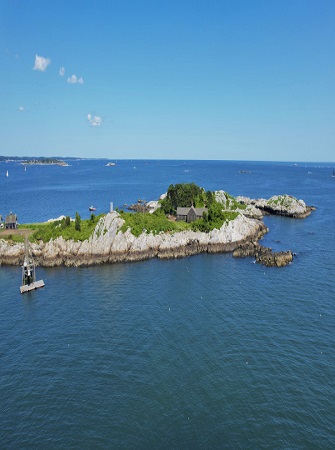
Brackish water fish resources
Coastal Demersal Fish Resources
These resources can be divided into 3 in respect of where they occupy. They include:
- Sciaenid Community: this community occupies two zones: (a) Estuaries (b) Offshore (on soft deposits on the base of the thermocline). Examples include Arius spp, croakers, mackerel, sole fish etc.

- Sparid Community: these lives in the deep sub-zone stratum and shallow sub-zone on corals or rocky surfaces. Examples include snappers, sardines, trigla etc.

- Slope Community: this overlaps with the deep sparid community. Examples include hake fish, capross spp etc.
Brackish Water Fish Species
Brackish water areas in Nigeria are found along the coastal zone. They include: estuaries, lagoon, mangrove swamps fronted by the beachridge barriers. The fish resources adapted to the area include: Clarias gariepinus, Hemichromis fasciatus, Ethmalosa fimbiata (Bonga) and Tilapia melanopleura

Fish as Source of Food
The need for balanced feeding in any economy is apparent and cannot be over-emphasized. The major foods in Nigeria are grossly deficient in protein such that a larger proportion of the people feed on foods richer in carbohydrate than protein. Therefore, continuous production of fish must be thoroughly examined on regular basis to contribute to national nutritional wellbeing.
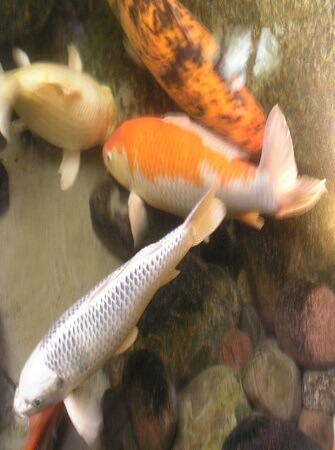
Fish provides an excellent balance of calories and fish is of high quality protein. Fish is the cheapest source of protein in terms of:
- Indispensable protein building blocks
- Balanced levels of amino acids i.e. amino acids present in fish are combined in the right proportions required in a balanced diet
Also, the percentage of edible lean tissue in fish is appreciably greater than in beef, pork or poultry and renders them unsuitable as a sole source of dietary protein.
Fish Production Systems
There are three broad fish production systems in Nigeria. These include: Industrial fisheries, Artisanal fisheries and Aquaculture
Industrial Fisheries
Industrial fisheries sub-sector involves and depends largely on the use of trawling vessels for fishing and shrimping in the territorial and offshore waters.
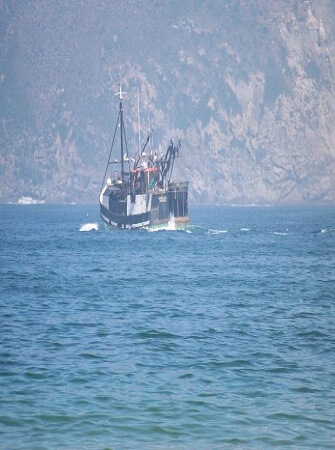
In this sub-sector of a higher and mechanized level of fish production, Nigeria is rich in shell fish resources in commercial quantities. The marine resources available to this fishery are made up of demersal, pelagic and shell fish (crabs, prawns and shrimps) stocks and are of economic importance
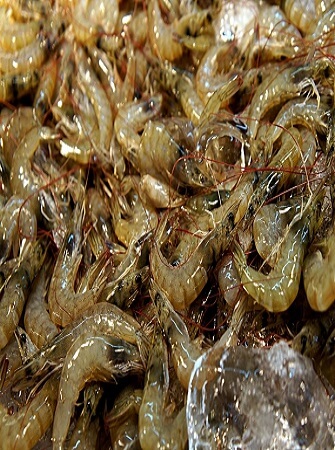
Artisanal Fisheries
Artisanal fisheries are fishing operation carried out with local canoes and simple fishing gears. Also, this fishery is characterized by intensive labor, low capital investment and low productivity. The operational crafts exploit coastal waters and extensive network of brackish waters. Also, artisanal fishermen reserve the first 5 nautical miles of the territorial waters mainly for exploiting major rivers, lakes and various reservoirs.
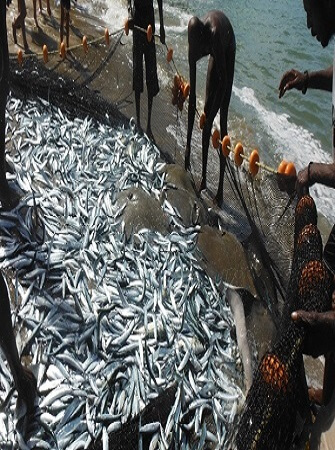
Aquaculture
This is basically fish farming towards increased fish production. Undoubtfully, there are potentials for aquaculture development in Nigeria with 1.75 million hectares of suitable sites for fish farming. Nevertheless, this sector is poorly developed as only 2,000 tonnes of fish are produced annually. Aquaculture can be practiced at the following levels of intensity.
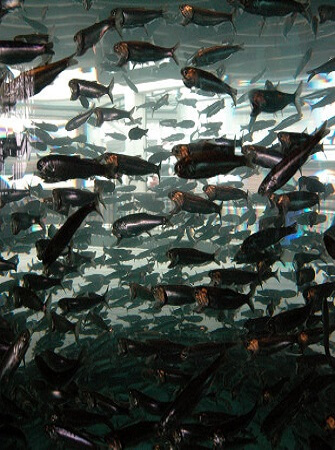
Aquaculture can be practiced at the following levels of intensity:
- Intensive recirculating systems (5 tonnes per week)
- Commercial fish farm (extensive and semi-intensive production systems)
- Homestead ponds (concrete blocks 50m2)
- Subsistence pond (50m2—150m2)




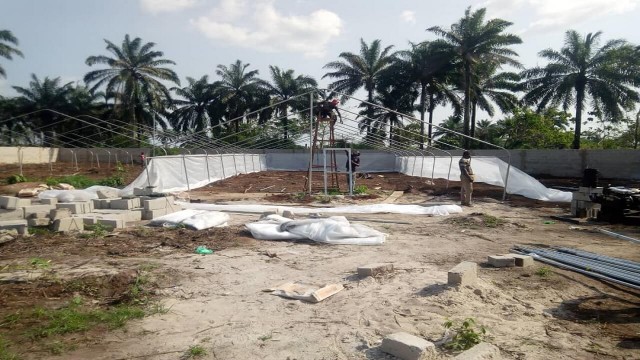
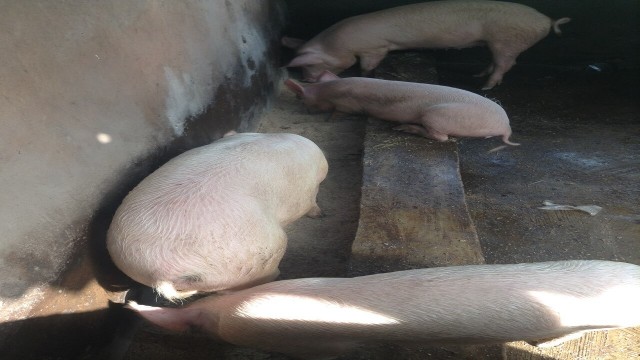
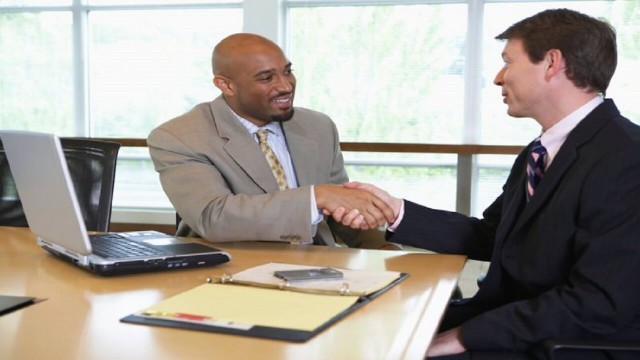

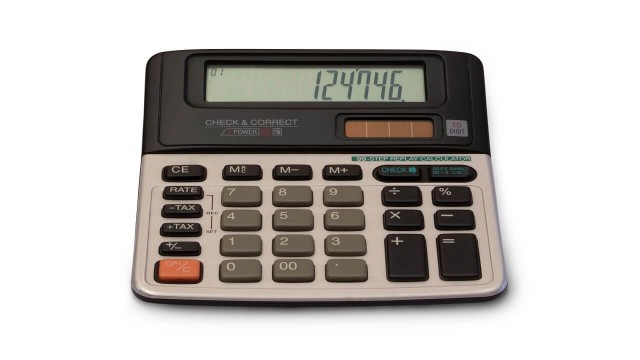
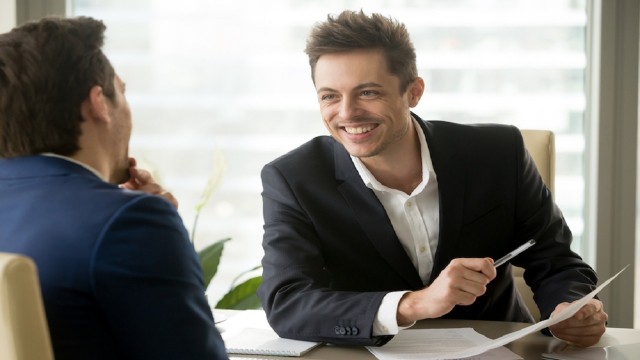
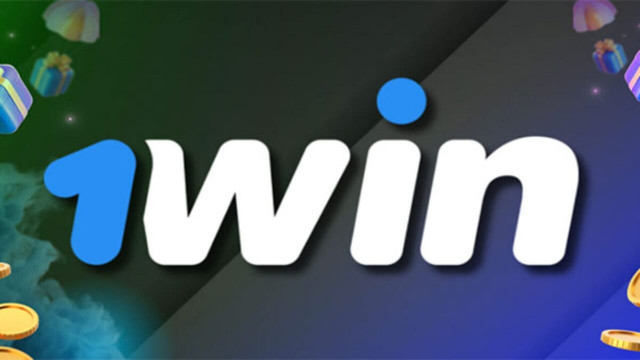

Share This Article: